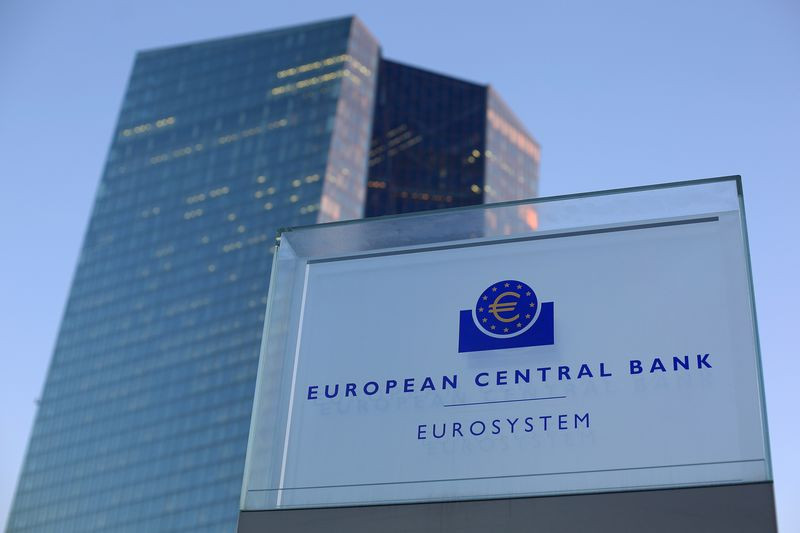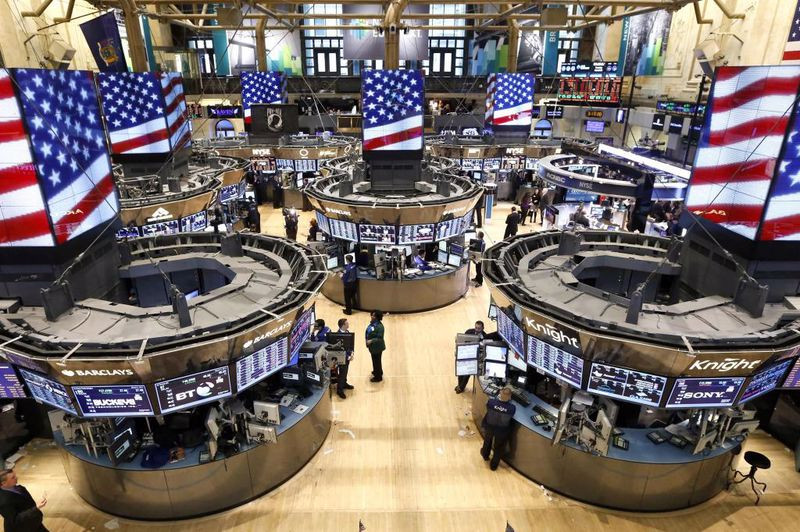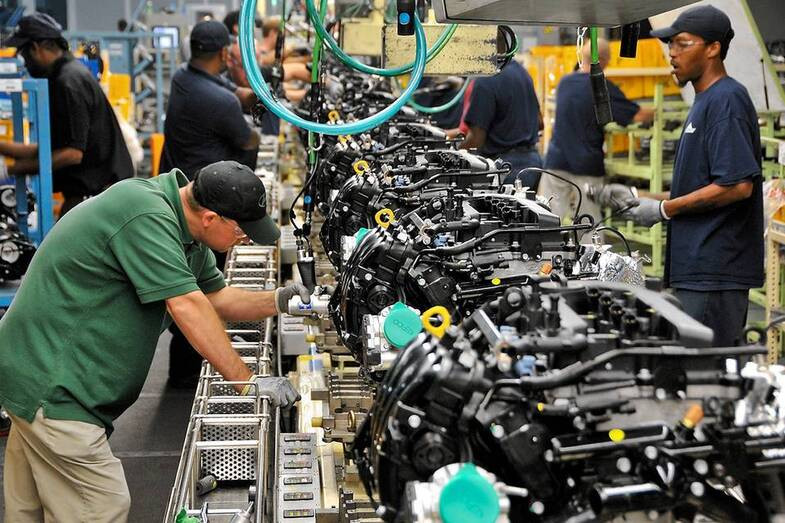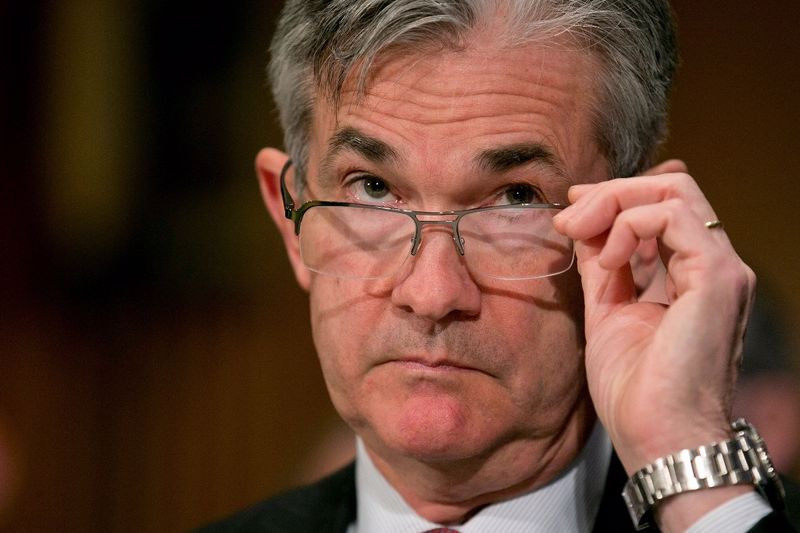
On Monday, the main currency pair lost 80 points, finishing around 0.9885 and tracking the deterioration of market sentiment at the beginning of the new week.
Key Wall Street indicators ended Monday's session in the red. In particular, the S&P 500 declined by 0.74% to 3,872.02 points.
U.S. stocks showed a moderate decline on Monday amid profit-taking, B. Riley Wealth strategists noted.
Since the beginning of last month, the S&P 500 has jumped more than 8%.
"October turned out to be a positive month for financial markets due to hopes for an early slowdown in the pace of rate hikes by the world's leading central banks," Deutsche Bank analysts said.
"But there is no need to get ahead of events, since the 8.1% rise in the S&P 500 index in October only partially offset the 9.2% drop in September, not to mention the 23.9% drop in the first nine months of this year," they added.
While the dollar benefited from the flight of investors into protective assets, alarming statistics on the eurozone hit the single currency.
Inflation in the currency bloc jumped to a new historical high last month, while the regional economy lost momentum. This has increased fears that a recession is now almost inevitable.
In October, consumer prices in the eurozone rose by 10.7% year-on-year, which was higher than the expected increase of 10.3%.
Meanwhile, the currency bloc's GDP growth slowed in the third quarter compared to the previous three months to 0.2% – much less than the 0.8% growth recorded in the period from April to June.
Given that the energy crisis continues to destroy the budgets of European enterprises and households, it is expected that economic growth in the region will turn negative in winter. A sharp increase in interest rates from the European Central Bank exacerbates the headwind.

Over the past three meetings, the ECB has raised interest rates by a total of 200 basis points, and the markets are assessing a number of further steps that will lead to the deposit rate, which is currently at 1.5%, approaching 3% in 2023.
"Another surge in inflation in October underlines that the fourth quarter will be difficult for the eurozone. Add to this the rapid tightening of financial conditions, and a recession will remain likely throughout the winter," Bloomberg Economics analysts noted.
Acknowledging that a recession in the eurozone is becoming more and more likely, Dutch central bank governor Klaas Knot said on Sunday he favored a 50 or 75 basis point rate hike at the ECB's final monetary policy meeting this year in December.
However, other officials express concern about the economic downturn and warn against raising rates too quickly.
"We should not underestimate the danger that the deterioration in the economic outlook will be stronger than expected, which will make an excessively rapid move to normalize interest rates disproportionate," Ignazio Visco, governor of the Bank of Italy, said on Monday.
How this debate develops may determine the extent of the economic downturn that the European region will face. However, this does not add to the optimism of the single currency.
According to the results of Monday's trading, it fell in price against its American counterpart by 0.8%.
On Tuesday, the euro tried to seize the initiative from the greenback amid renewed risk appetite.
Data released during Asian trading hours from China showed that the PMI index in the country's manufacturing sector from Caixin in October rose to 49.2 points from 48.1 points in September, and this result was slightly higher than the market forecast of 49 points.
In addition, the Reserve Bank of Australia's decision to raise the key rate by only 25 basis points revived hopes for a less aggressive tightening of monetary policy by the Federal Reserve.
As a result, the protective dollar was under pressure, and futures on major US stock indexes rose by 0.4%-0.6%, indicating an improvement in market sentiment.

Taking advantage of the fact that dollar bulls took a breather, the EUR/USD pair managed to regain its positions and rose to local highs in the 0.9950 area.
However, the euro quickly abandoned intraday gains and returned to the area below 0.9900 amid a greenback rebound and a decline in key Wall Street indicators.
The data released at the start of trading in New York disappointed investors who are closely watching for signs of a cooling labor market and slowing economic growth in the United States, which could convince the Fed to take a less hawkish position.
The US Bureau of Labor Statistics reported that in September the number of open vacancies in the country increased to 10.7 million against an expected decline to 10 million from 10.28 million in August.
"Hopes for a dovish turn by the Fed are misplaced if today's job data is any guide," Lazard Asset Management analysts said.
"Despite other signs of an economic slowdown, job vacancy data taken together with wage growth in the non-agricultural sector indicate that the Fed is far from the moment when it can declare victory over inflation and take its foot off the economic brake," they added.
"It's still a very hot job market. The demand for labor is still very high; at the same time, the supply of labor is declining. In this context, it is difficult to understand how the pressure on labor costs can steadily decrease in the near term," Jefferies economists noted.
A separate report showed that business activity in the US manufacturing sector continued to grow in October, albeit at a slower pace than in September.
The PMI index for the manufacturing sector from ISM fell to 50.2 from 50.9 points. At the same time, the indicator turned out to be slightly better than the previously expected value of 50 points.

"Since the US economy is still in pretty good shape, there are not many shocks, we believe that continuing to raise rates makes a lot of sense in the first half of next year," UBP strategists said.
Meanwhile, Michael Wilson of Morgan Stanley points out that the inversion of the yield curve between ten-year and three-month US Treasury bonds - a recession indicator with a perfect track record - supports the Fed's reversal sooner rather than later.
"Therefore, the Fed's meeting this week is crucial for the continuation, suspension or even complete cessation of the rally in US stocks," he said.
Everyone will be focused on the US central bank, which is widely expected to raise rates by 75 basis points on Wednesday for the fourth time, while investors will analyze the comments of Fed Chairman Jerome Powell to get guidance on future actions.
Market participants are primarily interested in the following questions:
1. What should we expect from the central bank in December, namely, a rate hike of 50 or 75 basis points?
2. Where will the US central bank stop – above 5% or below this level?
Investors are still hoping that the Fed chairman will change into a Santa Claus costume earlier, signaling a slower and gradual pace of rate hikes in the coming months.

"If the Fed gives us a 50 basis point rate hike in December, there will be a relief rally in the market," Wealth Enhancement Group analysts said.
Powell can once again state that the Fed depends on data and makes its decisions from meeting to meeting, without leaving a hint of any potential results in December.
If Powell leaves all options open until December, it could trigger a fall in stocks and strengthen the dollar, as markets most of all do not like uncertainty.
As for EUR/USD, the fundamental picture shows that the decline is still the least path of resistance for the pair, since the ECB has fewer opportunities to successfully suppress inflation than the Fed. At the same time, the United States has a better chance of avoiding a deep recession than the eurozone.
The main currency pair can only be saved from another collapse by a New Year's rally on the US stock market, which is by no means guaranteed yet.
From a technical point of view, in order to resume recovery, the EUR/USD pair needs to overcome the 0.9920 level and start using it as support. In this case, bulls can head to 0.9960 (the Fibonacci retracement level by 38.2%), and then return to the psychologically important 1.0000 mark.
On the other hand, the 0.9880-0.9870 area may protect against an immediate decline. A convincing break below will make the pair vulnerable and allow the bears to aim for 0.9830 (100-day moving average), and then – to the round level of 0.9800.
 English
English 
 Русский
Русский Bahasa Indonesia
Bahasa Indonesia Bahasa Malay
Bahasa Malay ไทย
ไทย Español
Español Deutsch
Deutsch Български
Български Français
Français Tiếng Việt
Tiếng Việt 中文
中文 বাংলা
বাংলা हिन्दी
हिन्दी Čeština
Čeština Українська
Українська Română
Română

